News
22 May 2025
Systems thinking in the city: how infrastructure can enhance biodiversity
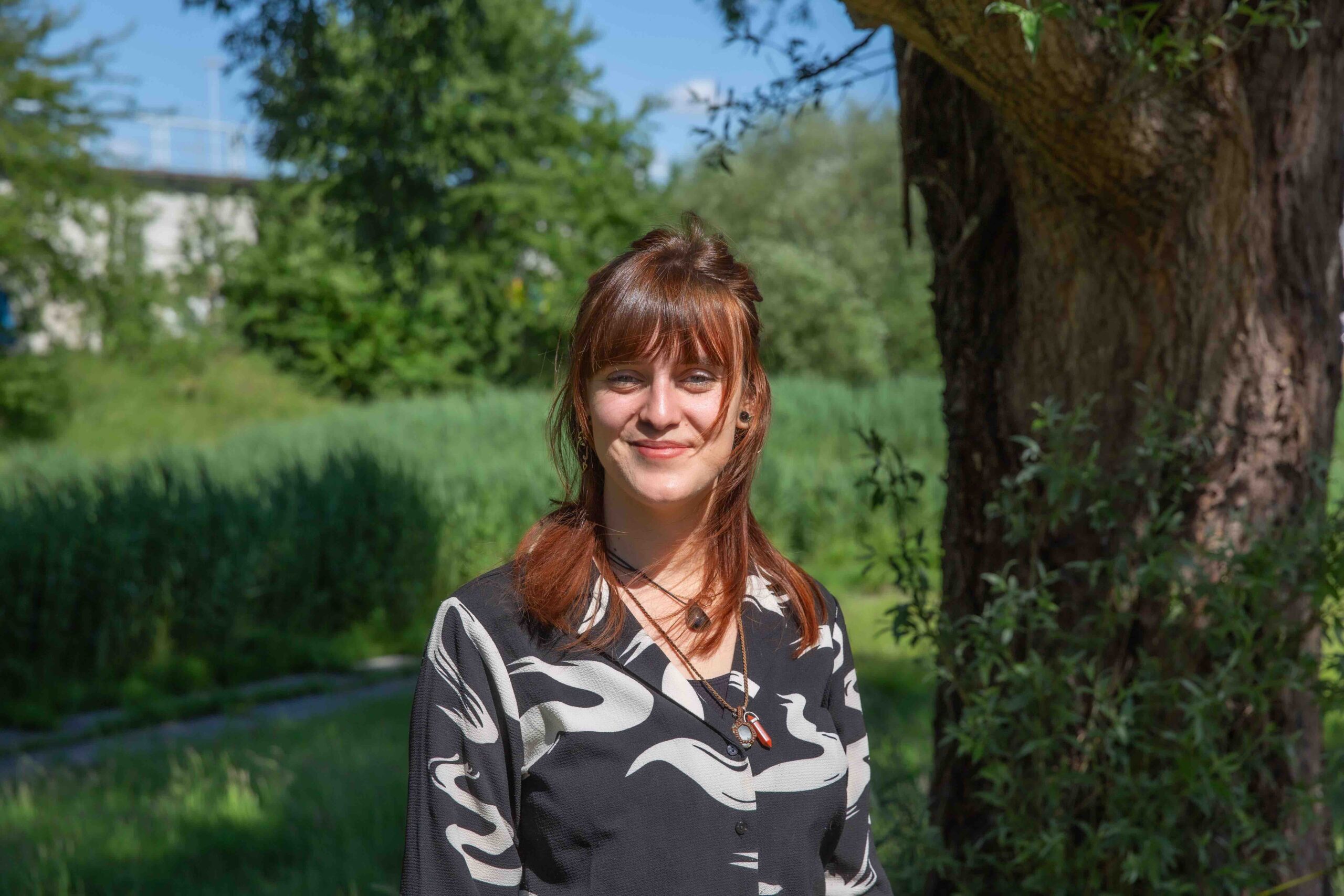
Interview with Sustainability and Awareness Advisor Sophie Pakvis
Biodiversity is under pressure worldwide, and currently, 39% of species in the Netherlands are listed on the Red List. This list provides an overview of all endangered animals, plants, fungi, and protists. The civil engineering sector therefore carries a clear responsibility—and opportunity. How do you build infrastructure without disrupting ecosystems? Or better yet: how do you ensure that you strengthen them?
We spoke with Sophie Pakvis, Sustainability and Awareness Advisor at Joosten Group. With a master’s degree in Environment and Resource Management, focusing on Ecosystems and Biodiversity, she shares her perspective on the role of biodiversity within the world of infrastructure.
“Everything in nature is connected”
When you hear Sophie talk about biodiversity, it’s clear that this is more than just an interest—it’s the lens through which she views the world.
“My fascination lies in systems thinking. Everything in nature is interconnected. One single link can disrupt the entire balance. Take, for example, the Brown Tree Snake in Guam, an invasive species that wiped out 12 native bird species on the island.”
According to Sophie, we need to fundamentally change how we look at our living environment.
“We humans are part of the system. Healthy ecosystems are like a healthy body: when you’re physically out of balance, it shows mentally as well.”
Why biodiversity matters to all of us
“Biodiversity keeps the planet’s system running,” Sophie explains. “We all know the example of the bee: without pollinators, there would be no vegetables, fruits, or nuts. Additionally, animals and plants can serve as indicators of how well our current ecosystem is doing.”
She points to the phenomenon of ‘fairy rings’—naturally occurring rings of underground fungi.
“When mushrooms appear above ground, the grass may grow poorly or even die off. The mycelium underground even communicates with the forest. This shows how different links form one entire network.”
Global warming and species loss bring risks far beyond fewer flowers or birds.
“We can reach tipping points—thresholds where ecosystems change irreversibly. That’s precisely why we must help nature become more resilient.”
Green islands in urban environments
In the Netherlands, where space is scarce, Sophie sees many opportunities to strengthen biodiversity.
“In cities, space is often limited because everything is already built up. Implementing stepping stones would be ideal. These help bees and butterflies move easily from place to place, boosting biodiversity.”
These ecological stepping stones are small green ‘islands’ in the city that act as stopovers for insects and animals.
“It’s important to focus on native plants and create perfect habitats for local wildlife. Small, scattered green spots throughout a city promote the network that animals and plants need to move around.”
Biodiverse city in practice
A great example of how city and nature can coexist is a project by Joosten Group itself. Sophie enthusiastically describes the parking roof at the Tax Office building:
“They asked if the surrounding forest could be integrated with the building’s parking roof. The results are beautiful! We created not only a green roof but also explored how to use water circularly within the building. This is a real place where space has been given back to nature, benefiting us as well.”
Sophie believes there is a great responsibility for companies in construction and infrastructure:
“Our sector can make a huge difference. Builders and designers must incorporate nature into their plans, allowing nature the space it needs. Our knowledge of products and systems can help us do this smartly. Selling unnecessary products is a thing of the past.”
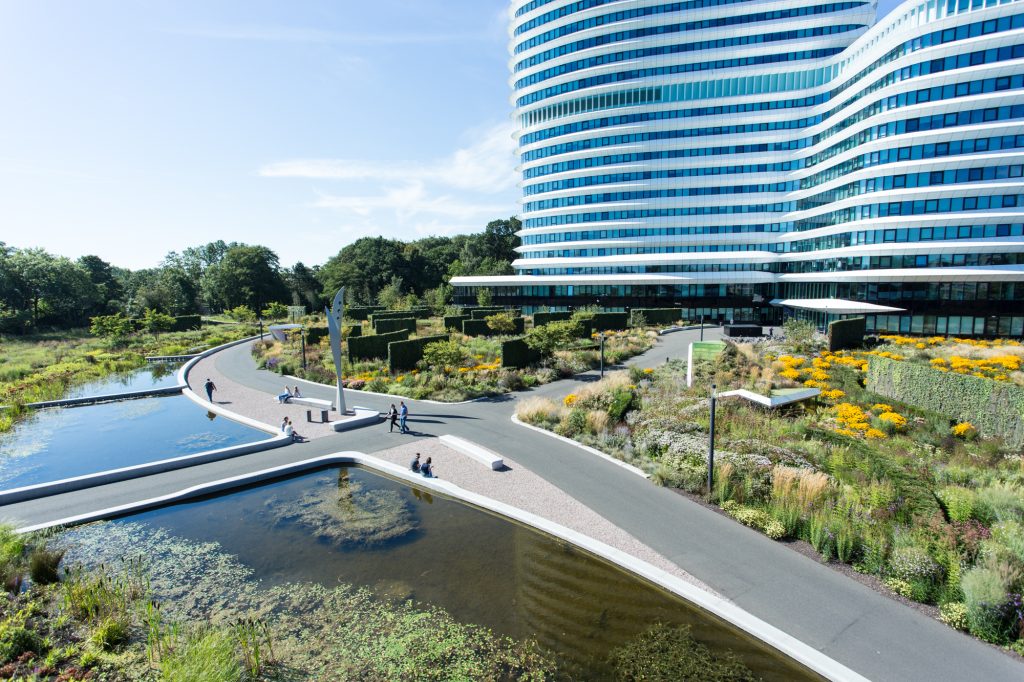
foto office Belastingdienst Groningen
Small steps, big impact
What gives Sophie hope? Nature itself—and the growing awareness.
“I especially get a lot of hope and energy when I walk through the forest! Taking wild-foraging courses and learning about the nature around you—I truly recommend it. I’m already seeing small positive changes: within the sector, we’re learning more about biodiversity, and it’s being discussed more and more.”
Sophie believes in the power of small changes.
“I’m a fan of the mindset: every little bit helps. I believe in making an impact where I can, in my own environment. Small adjustments or additions can really make a difference!”
Her message is clear:
“Everything is connected. Whether you’re working on a highway, a dike, or a city park—every choice matters. By giving biodiversity a fixed place in our plans, we’re not just building infrastructure, we’re building a resilient future.”
Meer nieuws
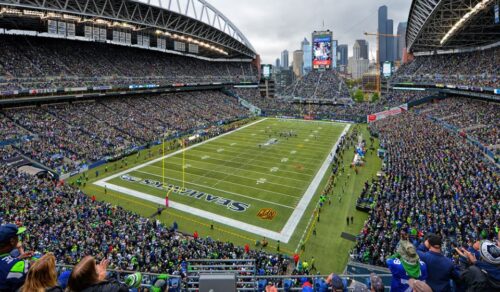
13 November 2025
Joosten is participating in the 2026 World Cup
Joosten has landed a special assignment: we are going to provide the perfect pitches for the 2026 Fo
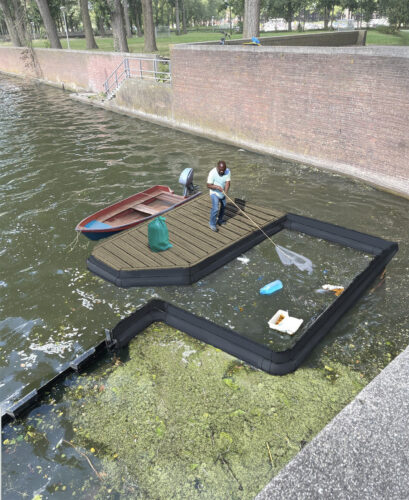
12 November 2025
Rethinking the Shoreliner
For his graduation research at Wageningen University & Research, student Mike Cleintuar followed the
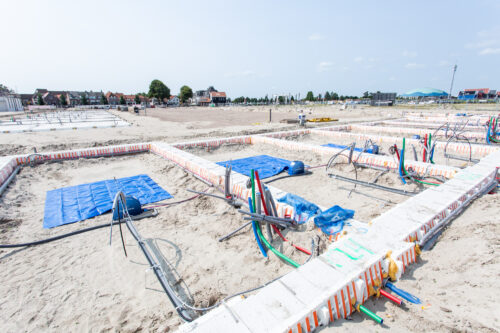
8 October 2025
JustNimbus: finalist for the Cobouw Innovation Award
Every year, the Cobouw Awards are presented. Their purpose is to reward inspiring frontrunners and s